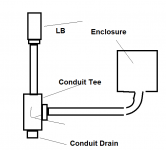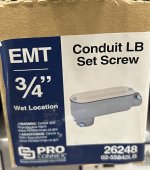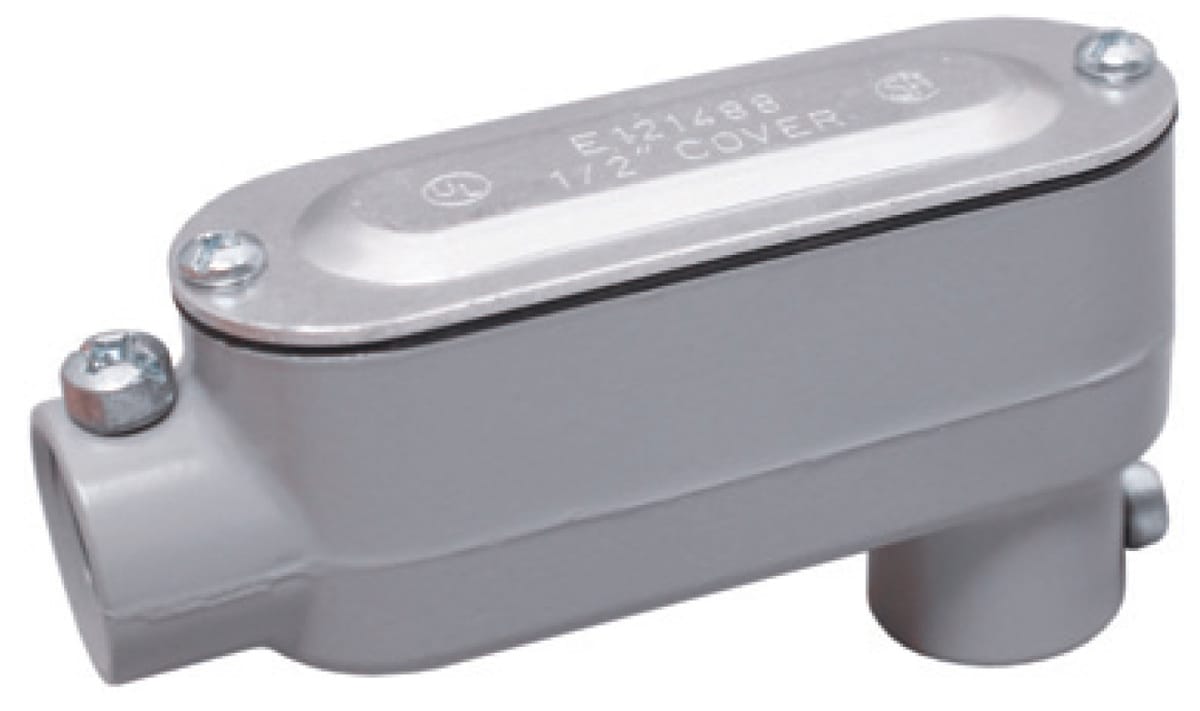Wanted to close the loop on this so I reached out to Sigma directly about these and this was their response:
"The parts
ARE listed for use in Wet Locations. As for the 3 different variants, the difference is as below."
LBSS050 – This is just the Conduit Body without any Gasket & Cover
LBSS050AN – This is Conduit Body assembled with a Stamped Cover and Neoprene Gasket
LBSS050CG – This is Conduit Body assembled with a Die Cast Cover and Fiber Gasket"
These PNs are specifically their EMT LBs with the double set-screw:
https://sigmaengineeredsolutions.com/?s=LBSS050
I think that brings me back to what I've come to understand in this thread about the nuances between 'wet location rated' and rain and/or watertight.
The conduit body can be used in a wet location and is likely designed not to corrode, etc. That doesn't necessarily mean it's meant to keep water out. In this case though, the EMT butt-joint inside the screw connector may provide some sufficient level of protection that lets it be listed for wet locations.




